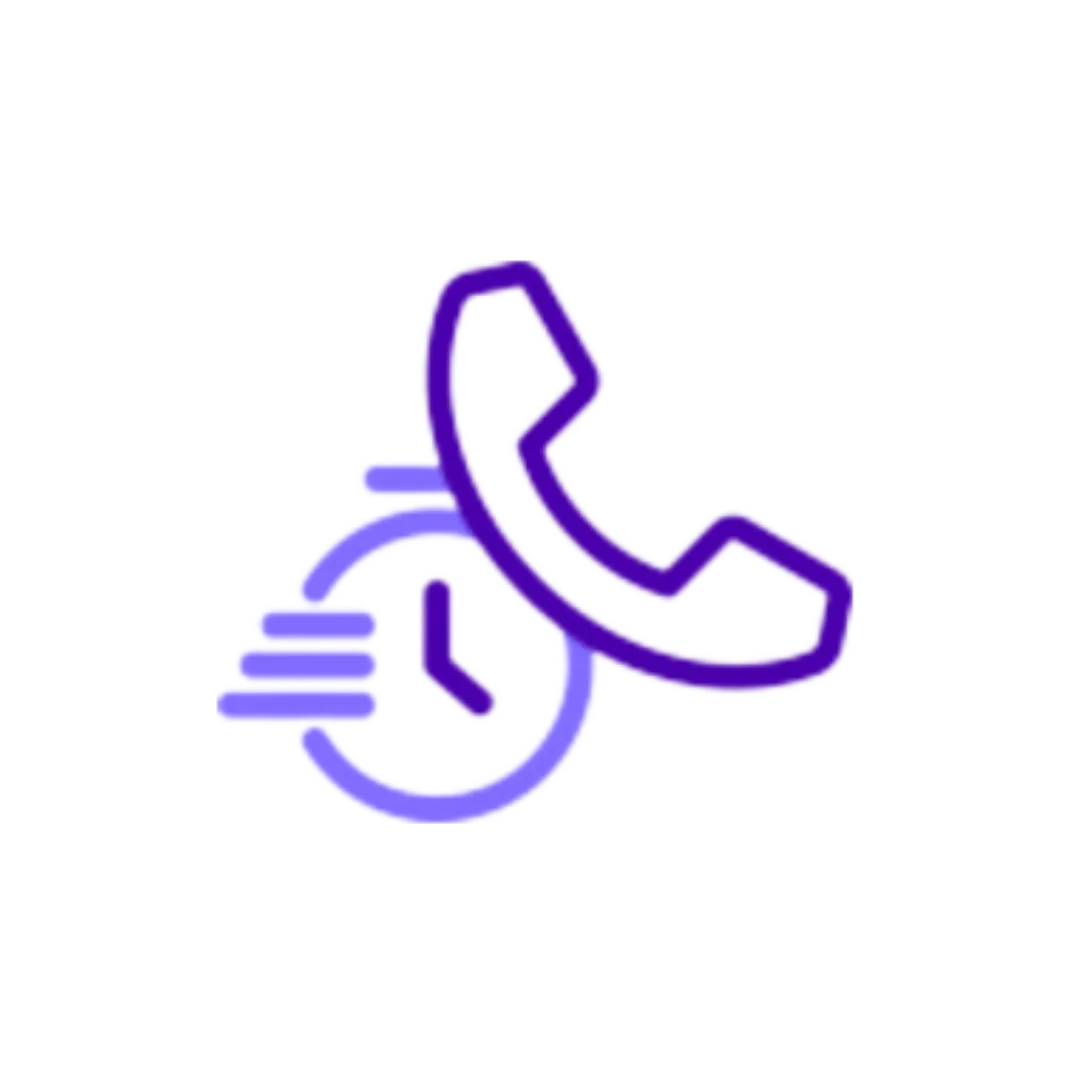I'd love to hear from you - use either my calendar to book a call or scroll below to send me a message & I look forward to chatting with you soon.

Feel free to complete the form below if you don't need to jump in my calendar,
and I'll get right back to you.


Hear from Amy
The ONLY Communication Training Consultant Specializing In Orthondontic Front-Desk Employees
Saving orthodontists, like you, thousands of dollars in marketing costs every year because your team knows how to win over each patient by looking after them well -
we're here for all your
customer service training and growth needs.
I am Amy & I have worked in EVERY admin role in the practice




Every practice needs an Amy!
Communication etiquette just isn't taught in schools, not even at home anymore - especially since the advent of caller id!
Our team members find themselves in "front of house" roles with little to no formal training. Let's make a change. Let's help our people feel confident and eloquent when handling telephone interactions.
My customer communication training will help you to 10X your patient experience to massively impact your Win ratio!

40%
Decrease in No Shows
because all your customer relationships are real connections, right from the start.

64%
Reduction in Longer, Problem Calls
because you're no longer inadvertently upsetting your valued customers.

20%
Increase in Production
because you've built trust with your customers from the beginning, so your win ratio is much higher.
HOW TO WORK WITH ME

Phone Coaching
Telephone skills training for efficient and impactful first impressions with your receptionist and front office team.

Sales Coaching
Treatment Coordinator communication training for consultations to adapt, read the room, and win the start.

Workshops & Keynotes
Book me for your team or appreciation event you are running to provide customer experience training.
Join my mailing list for regular inspiration, tips and techniques to share with your team.
Watch my short video on the 5 Types of Questions as a welcome gift.
Did you know there are different types of questions? Annoyingly, we often default to the question type that doesn't actually help move us towards our goal.
Take a few moments to watch my short video and you'll learn a few of the different types so you can be more conscious of your speaking habits and bring the correct question type to the situation at hand.
Do share this video with the rest of your team to help them make the same change - it's my little thank you for having you join my mailing list.


How to Guide and Offer Appointment Options
One vital skill each person on your team must master is how to guide and offer appointments. Each team member needs to understand the importance of executing this well. All must remember they are acting as a guide on this journey toward an ultimate destination…a great smile!
This skill of offering appointments used to be relegated to Scheduling Coordinators and the front-office team, but more and more it is being done by any team member.
Let me ask a question, how pleased are you with what you overhear? How many times have you overheard when a team member seems to cower and yield to whatever the parent or patient wants? How often have you seen the schedule overridden due to the push of our customers instead of the wisdom of a planned schedule?
We have to be the guide because our patients and families sometimes wish to succumb to the short-sited goal of convenience while losing sight of the long-term goal of completing treatment in a timely fashion. It is our job to help guide them to their ultimate destination of completed treatment WHILE having a good experience of on-time visits by scheduling to a successful grid. (Newsflash: Not everyone can be seen in a 2-3 hour window.)
It’s about Control
One thing we forget about this critical scenario is the nature of setting appointments. This is best remembered by considering personality types. Take a look at the Fire characteristics and what they need. Fire desires CONTROL. Fire needs “Options and Authority”.
What does this have to do with guiding and offering appointments? Everything. Think about it. How do YOU feel about your calendar? Don’t you guard and control it? Yes, we all do!
Not every person leads with a Fire personality, but each instance of setting appointments is a Fire scenario as we deal with the juggling act of multiple calendars.
But if the situation has the customer wanting control and we cannot provide them carte blanche access, how are we to accomplish the goal of setting appointments that work for everybody?
We are going to remember the scenario needs to provide Options and Authority. This is done using the 2-Option Technique.
The 2-Option Technique to Offer Appointments
In its simplest form, when offering appointment options, we provide 2 times and pass the authority over to them with a follow-up question. This ensures your team remains the guide.
In print, to be a guide as you offer appointments looks like this:
“Dr. Smile has prescribed the next adjustment in 8 weeks. The doctor’s first available is on Monday at 1pm or 2pm. Which one works best for you?”
We must keep in mind that time options are facts and need to be stated as…well…statements. Statements “sit down” at the end of the phrase. Then we use the follow-up as a means to pass authority, ask a question, and express the upward lilt/pitch that cues the next move is theirs.
The 5 Most Common Errors
The common errors that occur when offering appointment options tend to fall into a few broad categories. They result in our team members not being a guide. Let’s take a few moments to name them and clarify why they result in us transitioning from guiding them to negotiating with them from a position of weakness.
The Wrong Question
Too Many Options
Phrasing
Rescuing and Un-selling
Emotion
1. The Wrong Question
This error is when we use the wrong follow-up question. When passing the authority and cueing that we have finished, the correct type of question must be provided. The BEST question is a leading question.
If you watch courtroom shows you have likely heard, “You’re leading the witness.” We want to utilize that technique to lead them to the options we are guiding them to.
When done properly we have offered 2 options, A or B. The intent is to have the recipient choose from one of the provided options. We want to lead them to choose from the two viable options. Use “which one works” instead of “do either work”.
“Which one” implies a limited choice between the two. Whereas “do either work” implies that the provided options are two of many or unlimited options.
2. Too Many Options
We must remember that we can visually see the written options and they only have their hearing to absorb the options. Too many options are confusing.
I have heard, “We have 8 o’clock, 9:15, ten to 11 (meaning 10:50)…and so on, in one long run-on sentence.
The reality is that there are times where the schedule is open and we can be flexible. If this is a new patient and you wish to express broader availability, offer options like this, “Tomorrow Dr. Smile has a few options. The first being at 10 am and the last being at 3 pm with a few options in between. Which works best for you?”
3. Phrasing
There are times the offering of options is doomed right from the start. This is because the phrasing starts out of the gate with a question phrase.
The guiding role is surrendered with question phrases that start like this:
“Could you do…”
“How about…”
“What about…”
“Is it possible for you to…”
Such phrases set the trajectory to ask a question instead of stating facts. I tend to hear this more commonly with last-minute rescheduling, emergency calls, “soon” appointments, and those that have asked for multiple iterations of options.
To combat this, ensure to start each sentence as a fact or statement. Stating phrases start like this:
“Dr. Smile has…”
“The next available is…”
“Looking out farther we have…”
4. Rescuing and Un-Selling
Rescuing happens when the provided options do not even have the chance to be considered. We tend to hate the silence of consideration and want to move to an easy choice that makes us look better.
Silence is ok. Silence is golden. Smile and wait.
You would be surprised at how many will actually hear, consider, and resolve the dissonance if we will simply allow them to do so.
This most commonly sounds like, “I have a 2 pm or 3 pm next Wednesday, but I could look farther out if you want me to.” Or we offer times with wincing or disgust in our tone.
STOP.
Offer the 2 options, provide the authority to choose using the follow-up question, then ZIP IT! Smile and wait until they select one of your options or ask you to provide another set of options.
5. Emotion
Too often we add our bias to the available options resulting in emotion. We must remember that ALL options are good and viable ones. This common error tends to combine one or more of the previously mentioned errors.
When we get all worked up about what we are offering we end up wishing the options. Our voice, phrasing, and posture shout, “Please…please…please take a time, don’t hate me, and let me be done with this…”
Allow me to contrast this error with an option many provide with absolutely NO emotion bundled within it. It is for those offices that have multiple locations. Without emotion, I hear, “We have offices at A, B, or C. Which one is best for you?”
It is said that simply, as fact with no care as to which choice they make. That is the KEY!
If we can train our team to offer options with no bias or emotion locked up in it, we will be fully ok with whatever choice they make! Even if that choice is to look for another couple of options.
What if They Insist?
Hey…it happens. There are some clients that insist on their conditions every time, all the time. This should be a shortlist. But even in those situations, we can still stick to facts.
Let’s run through a common scenario of a last-minute schedule, for whatever reason. We commonly get asked if that same 4:30 pm appointment is open tomorrow or next week.
First, start with stating expectations. Remain in your guiding role.
“I will be happy to help you get rescheduled. In order to keep you close to Dr. Smile’s prescribed timing and since we book on an 8-week rotation, I’ll be looking for the first opening still available.”
We know the comeback. “Oh, it must be 4:30 pm.”
To which we can reply, without icky emotion,
“I can certainly look for that time but it will likely be a month out and could extend the timing of treatment, OR, I can look for a time to remain closest to what the doctor intended. Which would you prefer?”
Notice we provided options, spoke to implication (consequence), and provided authority for them to choose. Should they opt for the 4:30 pm time that pushes out their appointment timing, do so but make a note in the treatment chart about the extended time to get in for the appointment. Doing so empowers your entire team to understand actual treatment time.
Summary
Be the guide. Remain the guide. Guiding is a skill every team member needs to learn and practice.
Incorporate the 2-Option Technique. By doing so you help your families and your team toward their higher goals of completed treatment with on-time and successful visits.
Remember, “Just the facts, Ma’am.” State options as facts!
Our Clients' Experiences









